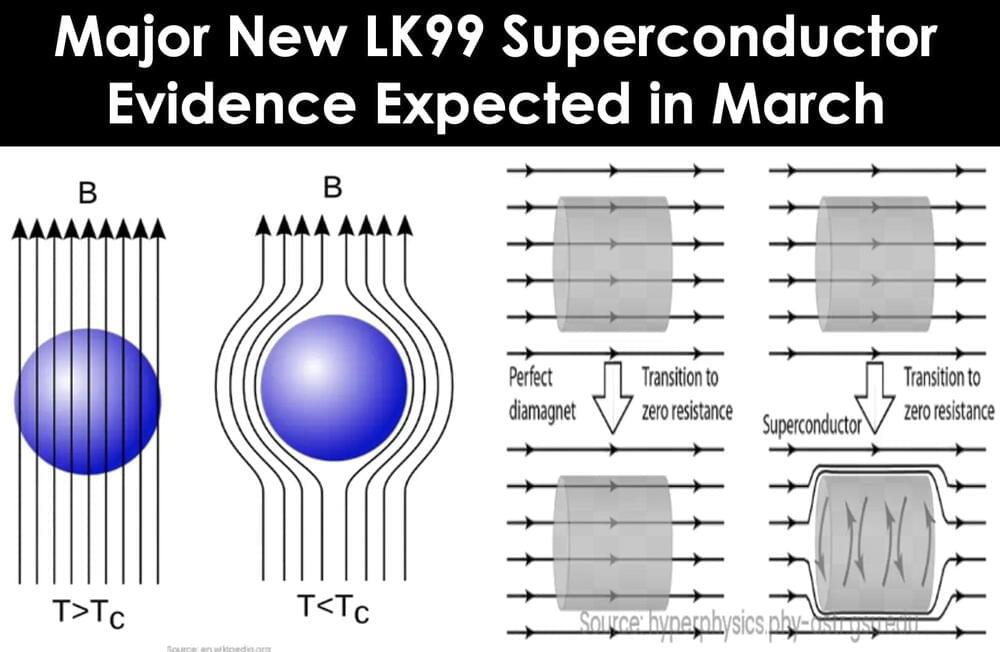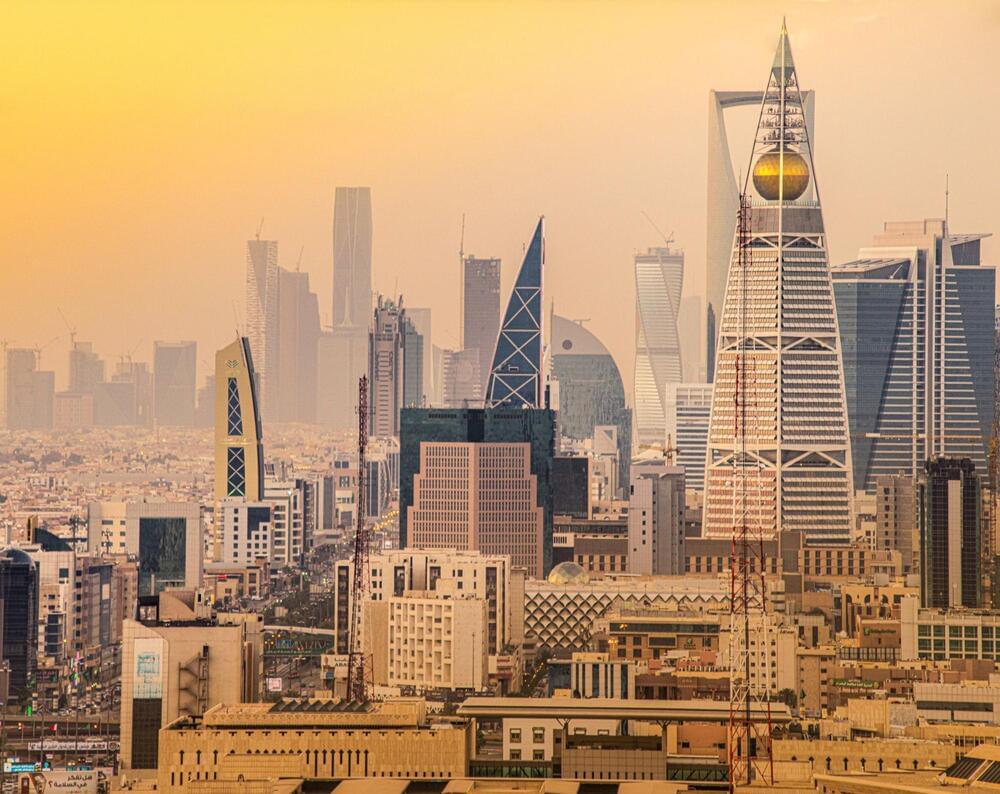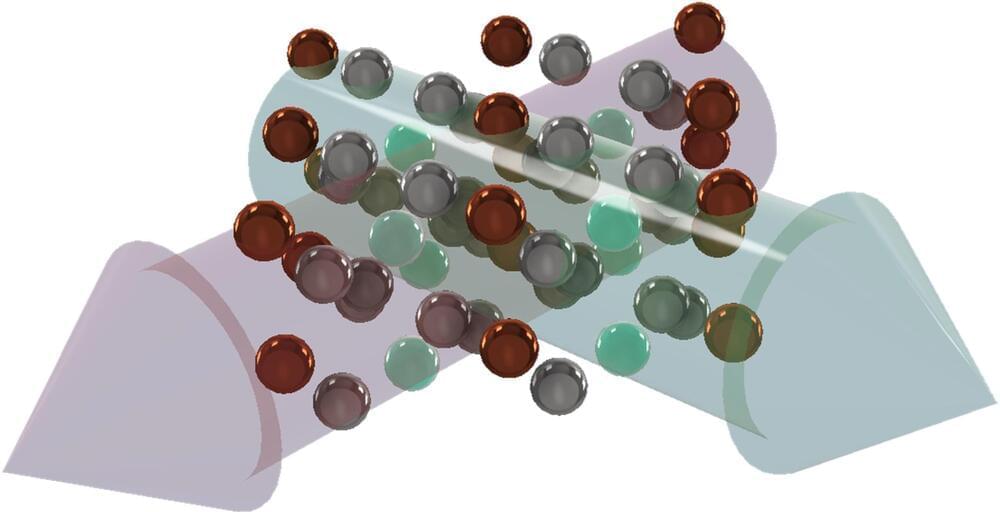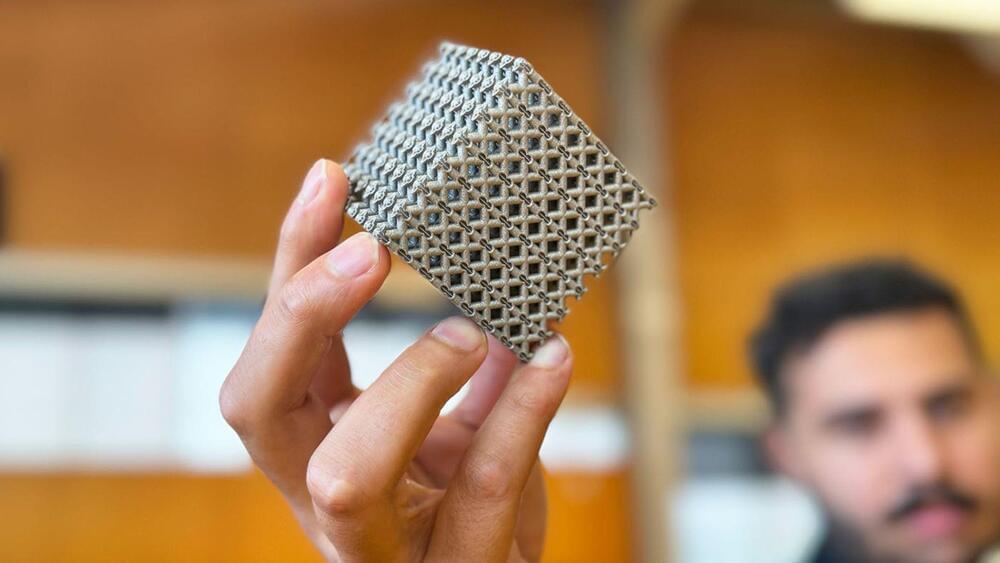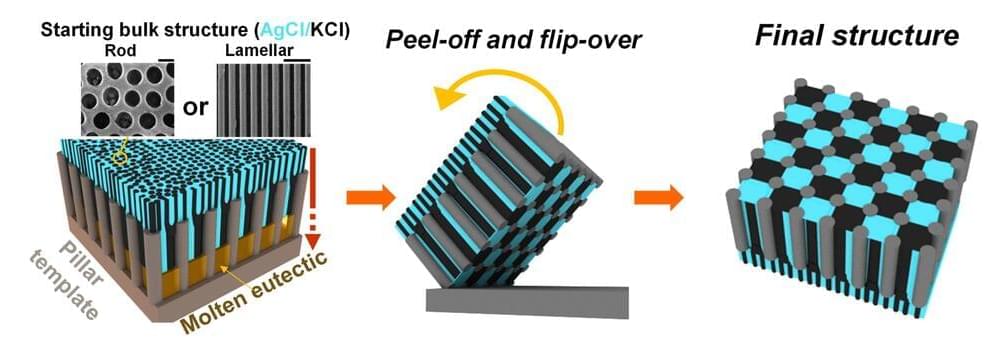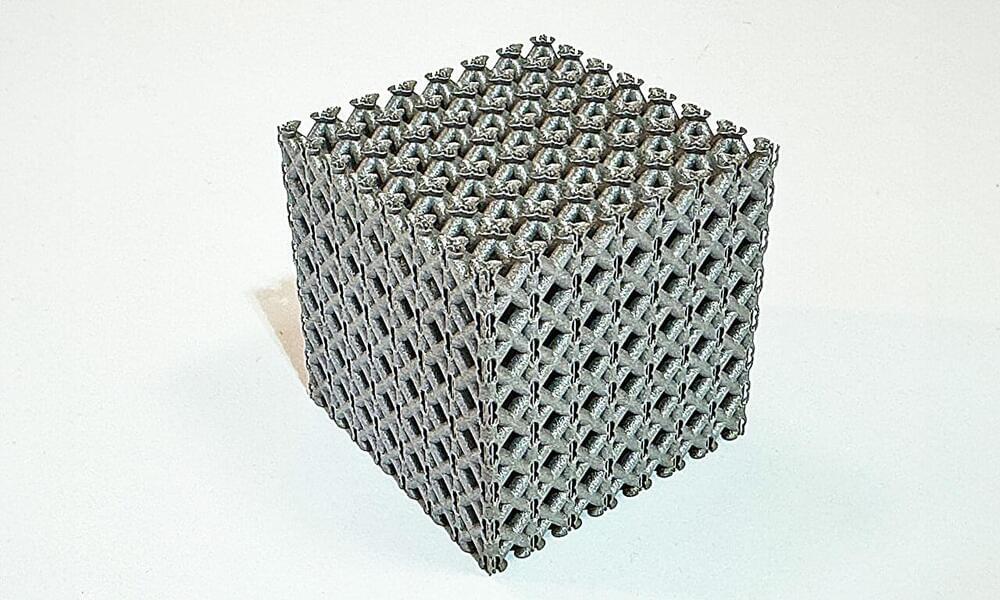The main researchers working on LK99-like room temperature and room pressure superconductors are in China and South Korea. There have been reports that the China researchers have successfully reproduced the weak magnetic effects indicating Meissner effect. The original South Korean team will present video evidence at the American Physical Society conference on Monday, March 4. There are new peer reviewed research paper, new preprint papers and patents being worked upon but it is unclear when those will be released.
Proof of a full and strong Meissner effect would be definitive evidence for superconductivity. The Meissner effect is a fundamental property of superconductors that distinguishes them from ordinary conductors. It refers to the complete expulsion of magnetic fields from the interior of a superconducting material when it transitions from its normal state to the superconducting state. The expulsion of magnetic fields is the result of a remarkable phenomenon known as perfect diamagnetism.
In a superconducting state, the material exhibits zero electrical resistance, allowing the unimpeded flow of electric current. When a magnetic field is applied to a superconductor, it generates circulating currents on the surface of the material. These currents create an opposing magnetic field that exactly cancels out the applied field, resulting in the expulsion of the magnetic field from the interior of the superconductor.
